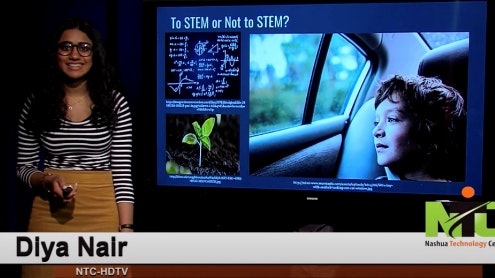Homepage
•
Learning Library
•
Blog
•
More Girls Choosing Computer Science Despite Roadblocks
Expand breadcrumbs
Expand breadcrumbs
- Learning Library
- Blog
- More Girls Choosing Computer Science Despite Roadblocks
- Homepage
- •
- Learning Library
- •
- Blog
- •
- More Girls Choosing Computer Science Despite Roadblocks
More Girls Choosing Computer Science Despite Roadblocks
By Jennifer Snelling
March 3, 2023








